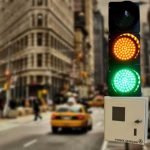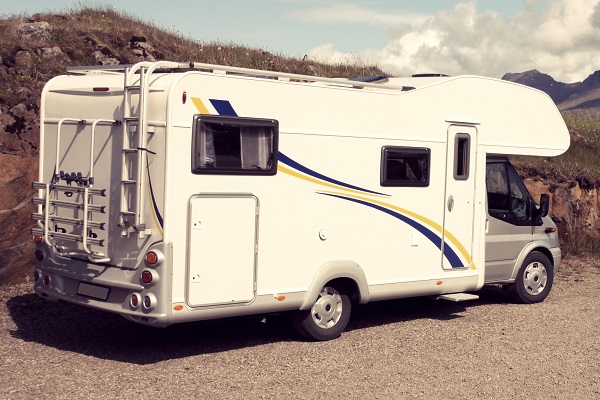There are some items that you simply must have while going on a camping adventure. One of them is an effective camping lighting solution. Your campground doesn’t need to be as well-lit as a sports stadium, but you still don’t want to be fumbling around in the dark owing to a lack of illumination.
So, camping lighting is an essential part of your camping setup. And It should be versatile enough to not only give general illumination for the campground but also to accommodate functions such as reading, cooking, and playing games, as well as nighttime spotlighting and route illumination.
The market has come a long way since the LP gas-powered lantern. Today, there’s a wealth of bright and efficient camping lights options to select from at reasonable rates, including power-efficient and longer-life LED illumination solutions. Below is some helpful information about the most common types so you can decide which ones to take with you.
Lanterns
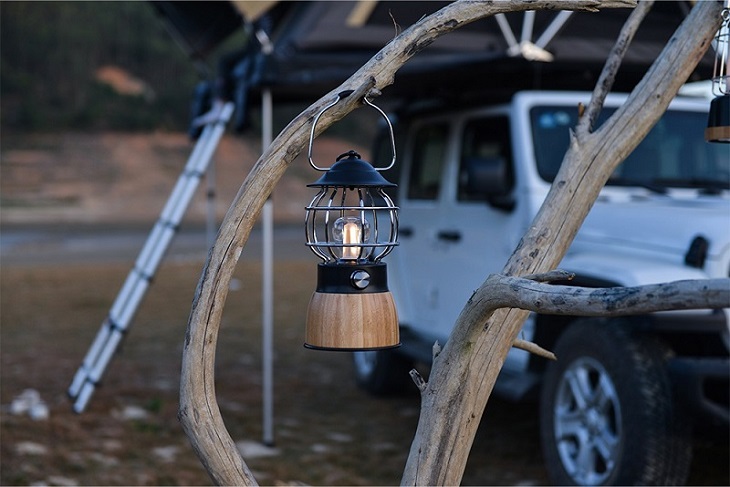
When the sun goes down, you’ll need adequate camping light to cook, walk around, or play games with family and friends. A centrally situated lantern, either sitting on a table or hanging from its own stand, is a good choice. A gas lantern is one of the greatest methods to illuminate a wider room since it can run on a number of fuels such as liquid fuel, propane, or butane. Its brightness enables you to perform almost any job within the camp without difficulty.
However, these lanterns have a few drawbacks. As they are powered by combustion, they emit heat, therefore be especially cautious around children so they don’t touch it and burn themselves. Furthermore, due to the increased danger of carbon monoxide poisoning, gas lanterns should never be used in a tent or tiny, confined environment.
If you’re not a fan of gas lanterns, note that electric LED lantern lights have greatly improved in efficiency over the years. LED lanterns, while not as bright as their gas counterparts, do a fantastic job of lighting the camp. When shopping for a powerful LED light, look for the lumens rating, which shows the intensity of the light. A lamp of roughly 100 lumens will be enough to illuminate the interior of the tent. If you want to light up the entire campground, search for something with at least 300 lumens.
Hand Torches and Flashlights
LED hand torches are quite handy around the campground as they provide great directed lighting for different purposes. They’re also great for nighttime spotlighting and exploration of the campground, as well as trips to the restroom.
While most torches and flashlights are powered by disposable batteries, a number of new models on the market are USB rechargeable, solar-powered, or even driven by a hand crank.
When choosing a flashlight, I suggest you look for a model that is lightweight, small, energy-efficient and meets your illumination needs. A flashlight with 30-40 lumens is sufficient for reading or finding objects in the tent. These flashlights are typically rarely larger than the palm of your hand. Choose flashlights with brightness ratings of more than 3000 to illuminate a bigger area.
Headlamps
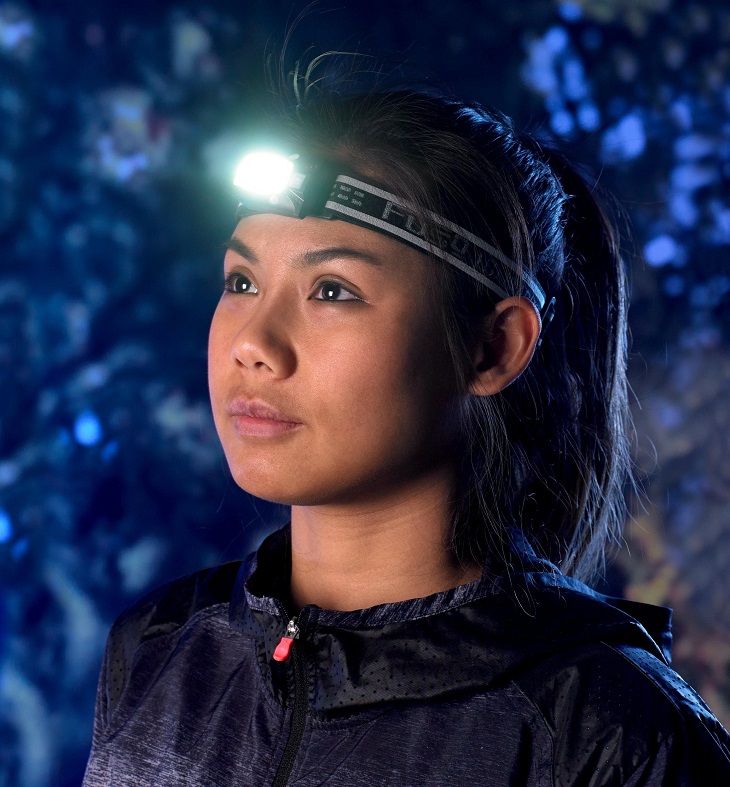
LED headlamps are compact and lightweight camping solutions that leave your hands free for other campground duties. They’re also excellent for reading. They are available in a variety of price ranges, and while they used to be powered by disposable batteries, a number of new devices on the market are USB rechargeable. They can also be used as hand flashlights around the campground and for outings to the restroom. Everyone in your camping group should have one of these!
When selecting a headlamp, you should first think about how you’ll use it. If you’ll be hiking at night, opt for something with a brightness rating of more than 200 to give adequate illumination. Something closer to 100 lumens is suitable for camp use, such as LED camping lights. Headlights frequently include a floodlight, and higher-end models may have a spot beam and, in some cases, a strobe to save electricity in an emergency.
You can also consider purchasing a headlight with a red light option. Red lights do not have the same effect on our eyes as white ones do. This explains why astronomers use red lights at night to check star charts. In other words, having a red light at night helps you to read without disturbing your fellow campers. It’s also useful if you need to go to the bathroom late at night and don’t want to wake up the people sleeping in the same tent.
Awning and Annex Lighting
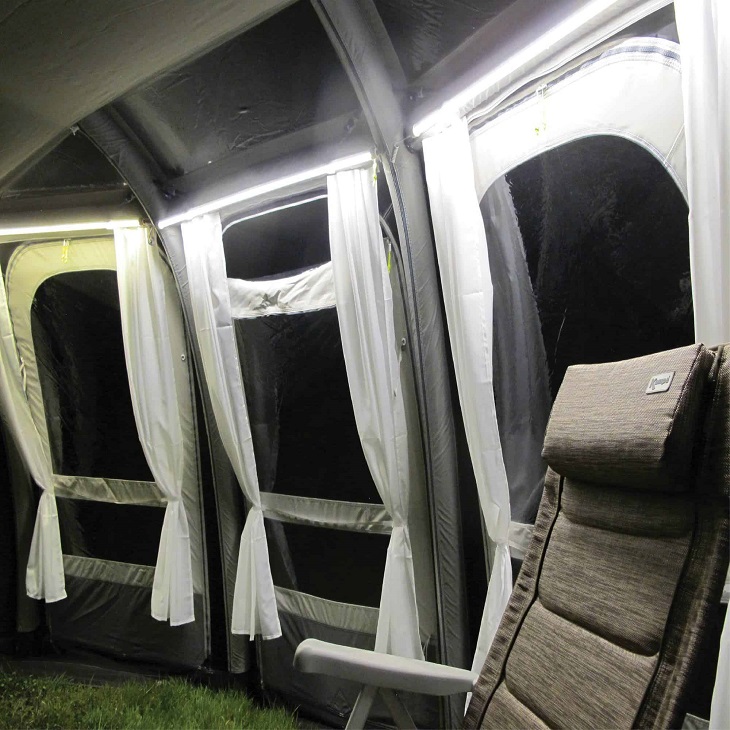
LED strip lighting and smaller round/dome shape hanging lights are particularly effective methods of providing general ambient and task lighting to the campsite and may be powered by:
- A built-in USB charging battery – no cords are required to power the light
- A built-in solar battery – a solar panel that is either incorporated into the lamp or linked through a connection
- A cable that connects to a power source, such as a battery or electricity
- Replaceable batteries
While cable-to-power source (option 3) lighting may give greater overall illumination, the location of the lights from the power source will be limited by the cable length, and the cabling will take up valuable packing space. As a result, options 1 and 2 above are preferable to those needing throwaway batteries or cords to a separate power source.



